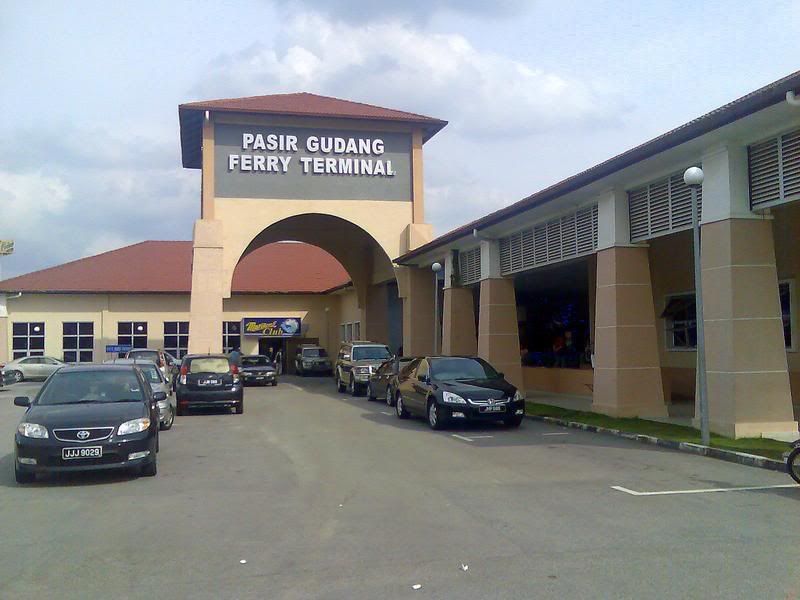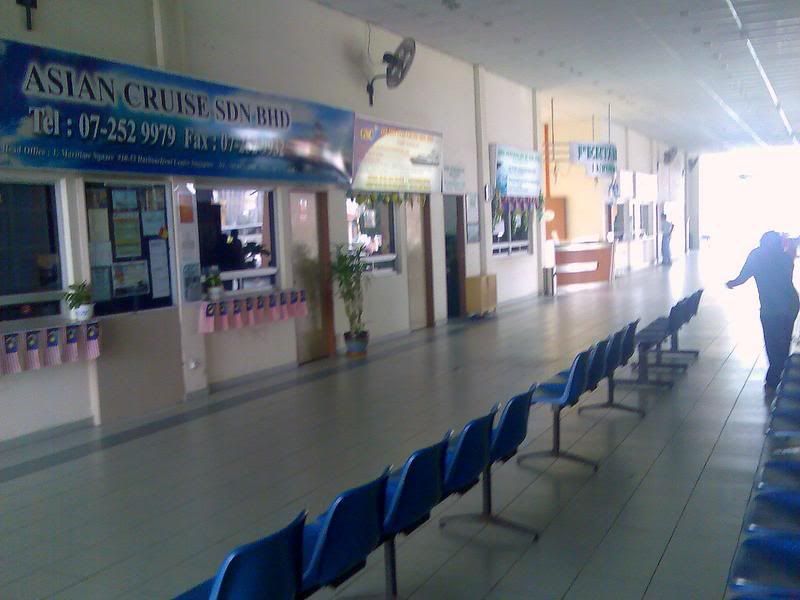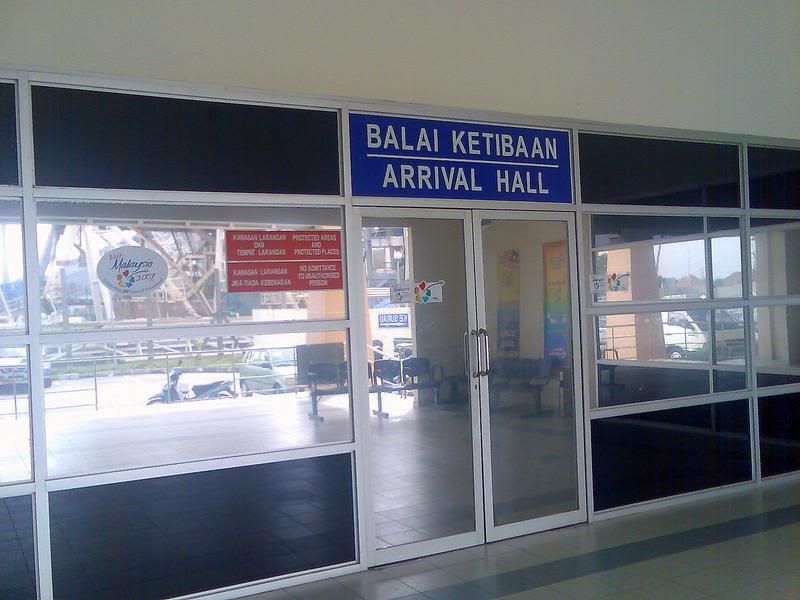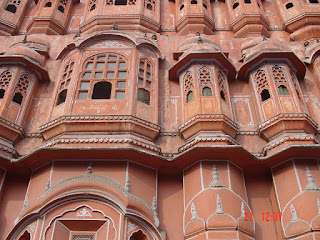
Anoop Negi is a photographer from India, whose above photograph of a Theyyam dancer in Kerala can only be described in my view as "National Geographic" quality. I found his work on Flickr, but his biography is sparse.
This photograph is of a dancer symbolizing a male deity in the dance form popularly known as "Theyyam". Theyyam is a popular ritual dance of north Kerala,generally performed in front of the village shrines, and also performed as ancestor worship with elaborate rites and rituals.
In earlier posts on TTP, here and here, I wrote this on Theyyam: Theyyam is a popular ritual dance of north Kerala, south India, particularly presented in the Kannur and Kasargode districts. It originates from centuries old traditions, rituals and customs, and as such embraces almost all castes and classes of Hindu religion in this region. The term Theyyam is a corrupt form of daivam or God. It is a rare combination of dance and music and reflects important features of a tribal culture.
Anoop Negi's Flickr page is here.












































